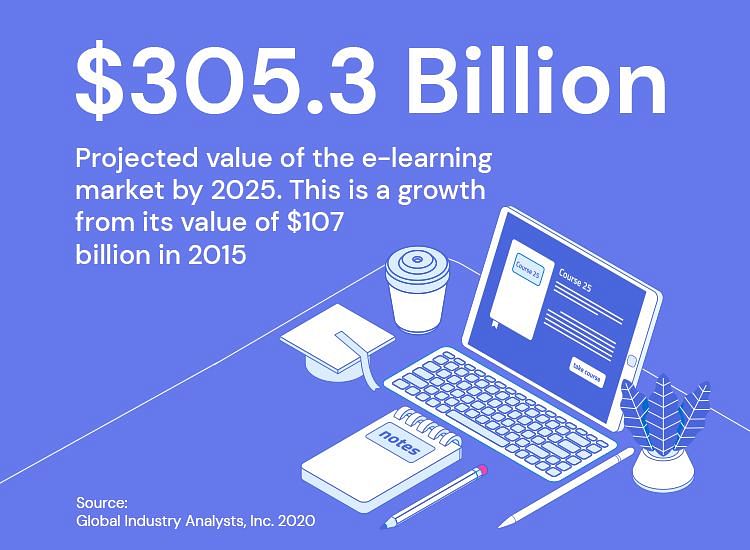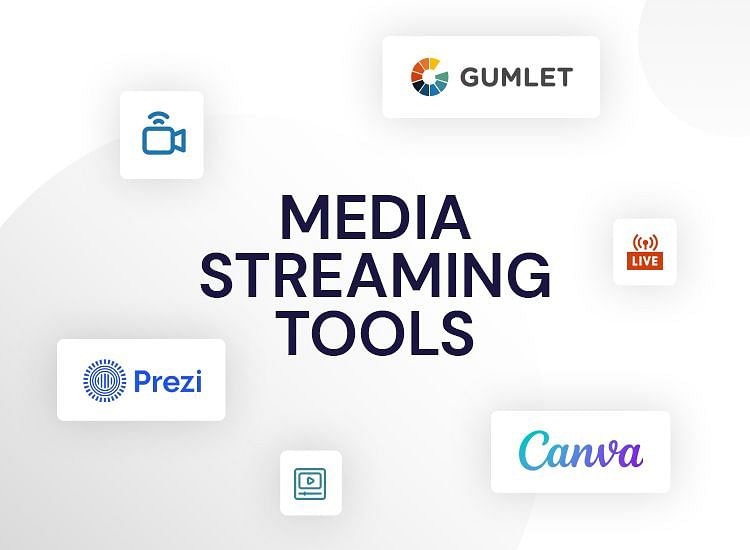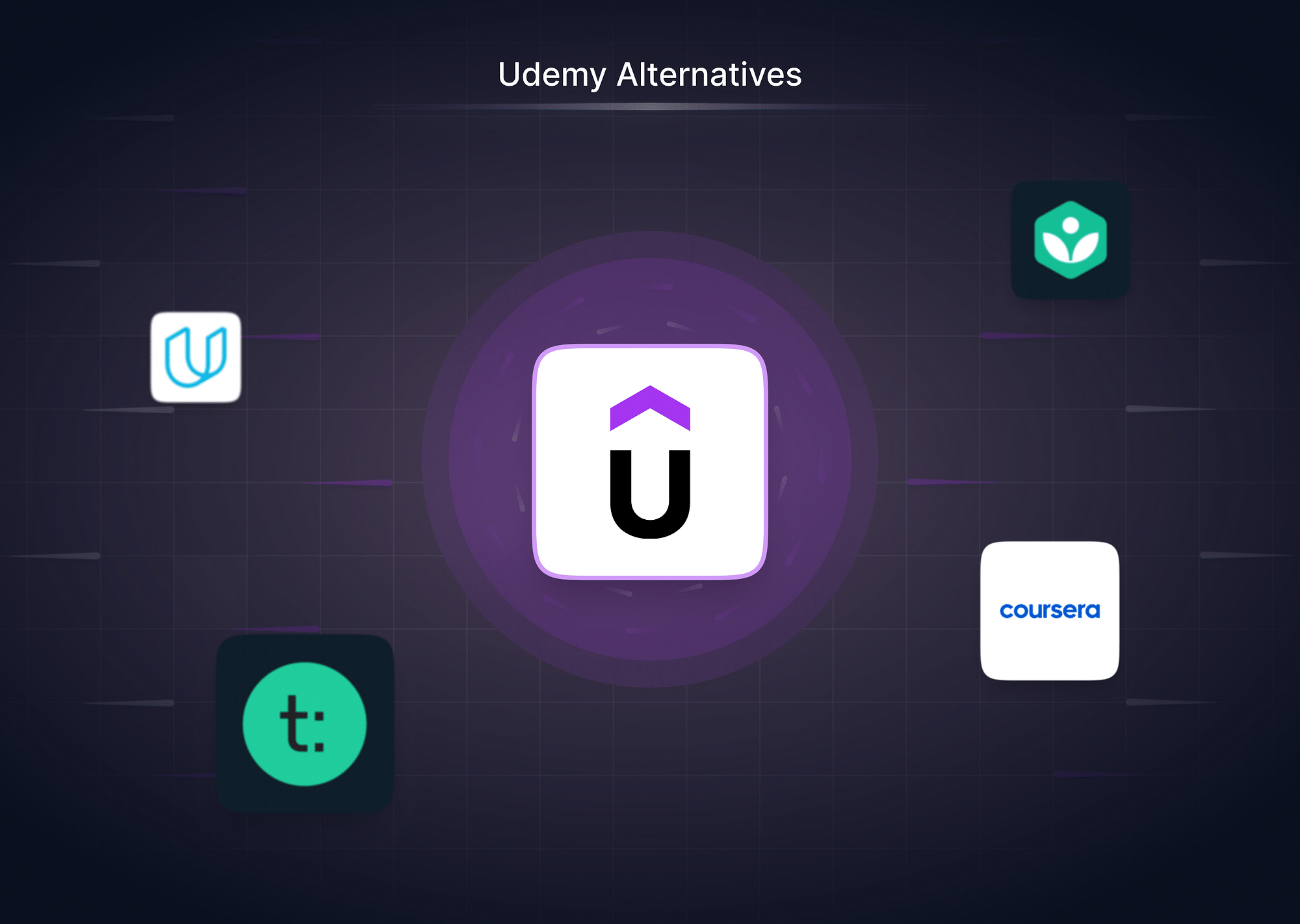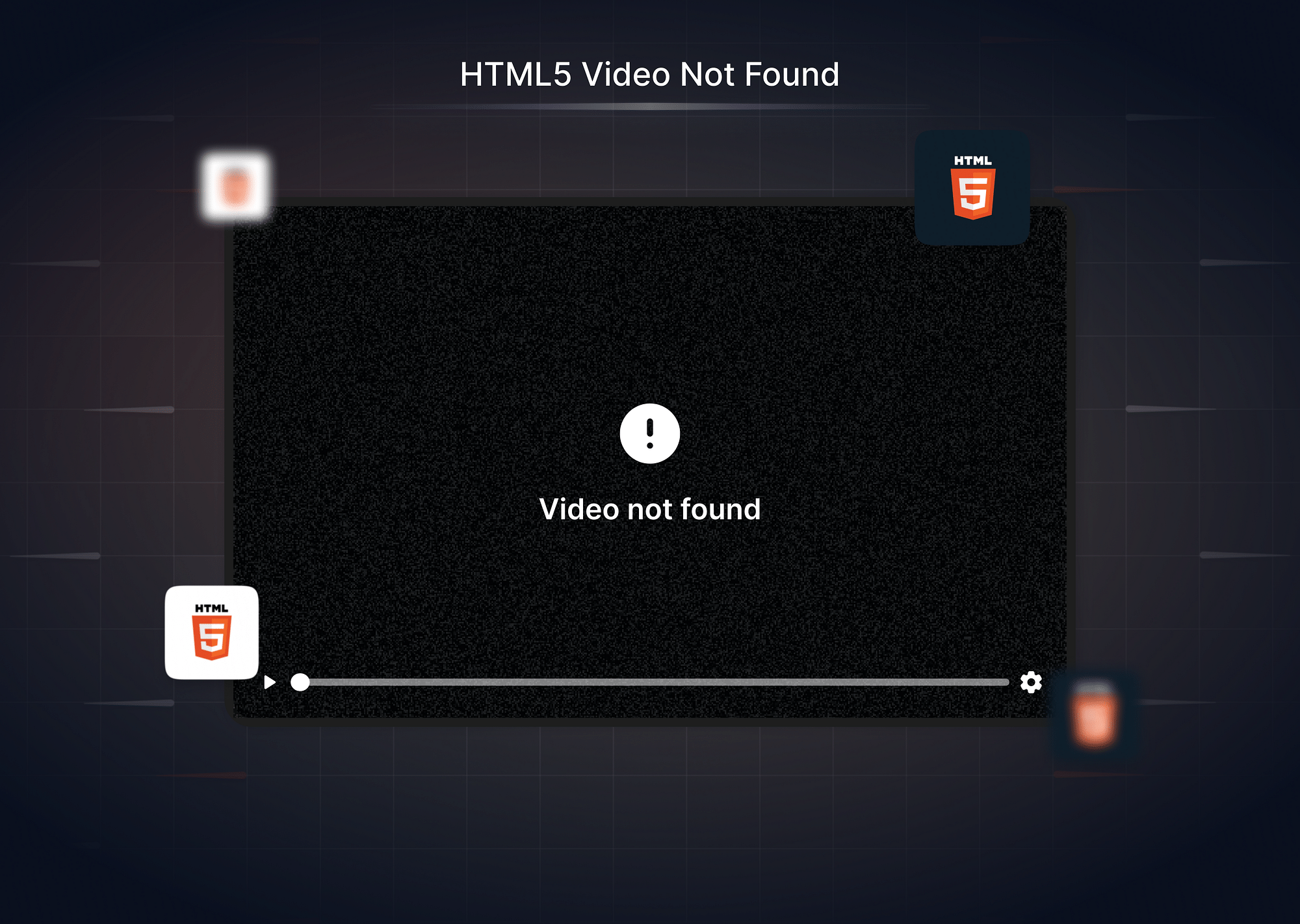Learning has changed dramatically in recent years, especially with the onset of a pandemic. Online education platforms, which enable users to access resources online at any time, from anywhere, have seen their popularity spike. Online learning, or e-learning, is a solution that allows users or students to learn various topics from the content that is provided online.
It’s easy to find out how to find a tutor for kids and adults to deepen any discipline knowledge and amend studying skills. E-learning platforms provide multimedia content delivery and also ensure that there is a community built with the collaboration of students and teachers online. In addition to being used by schools and universities, online education platforms are developed and used by organizations of all sizes, as well as individual educators who are subject-matter experts. For example, many institutions now offer courses online, catering to professionals looking to advance their careers while balancing work and study In this article, you will learn about the benefits of online education platforms, and you'll look at the tools that are needed to create your own.
Online Education Platforms
Udemy and Coursera are two of the leading online education platforms, but they're far from the only options. There are a variety of courses online that you can use to learn or enhance a specific skill. For example, you can learn to code, study photography, how to start a podcast, learn botanical drawing, or even learn traditional fiber arts.
In addition to the wide range of consumer-facing educational sites, many companies build online learning platforms for their employees for onboarding purposes or to provide high-quality training and development opportunities. According to the Deloitte Global 2022 Gen Z and Millennial Survey, twenty-nine percent of millennials and Gen Zs say they chose their current jobs primarily due to learning and development opportunities.
While you may think of online learning platforms as a primarily computer-based option, an increasing number of platforms and companies alike also provide a mobile option. According to an article by Think Impact, there has been an increase in the number of companies that provide online learning through mobile apps. As of 2019, thirty-four percent of companies offered at least some of their learning opportunities through mobile platforms.

Why Create an Online Education Platform?
Gone are the days when universities were the only option for online learning facilities. With the rise in remote learning and technological advances, the e-learning market is expected to grow by over twenty percent a year from 2021 through 2028. There are many reasons for choosing to build your own platform.
- Wider audience: By building your own online education platform, you will be able to distribute your online presence at a larger scale and gain an audience from different parts of the world.
- Control of content: You will have complete control and ownership of your content, and can ensure not only that it fits your business needs, but also caters to your target audience. You can build a sense of community by engaging users with your content, which can be available for access online or offline as well.
- Defining your own pedagogy: A self-built platform allows you to decide how you're going to define, implement, and improve your own methods of instruction, and gives you the freedom to design and iterate the structure and content of courses. It also allows you to set your own criteria for moving to the next module of a class, or finishing it altogether. Whether you're working with a custom college essay writing service or building your curriculum from scratch, this approach allows you to set your own criteria for moving to the next module of a class, or finishing it altogether.
- Cost-effective solution: Though it may cost more upfront, building your own online learning platform can be a great saving in the long run, allowing you to determine your own prices, and freeing you from costly revenue splits, which are often as low as thirty percent.
- Brand recognition: Whether you're training employees or offering new users comprehensive lessons on how to use a complex product, building your own online education platform ensures that your name—not a third-party distributor—is their go-to source.
- Better analytics: Being able to access reports and analytics can help you build a platform that will fit your requirements, goals, and brand. A bespoke platform can offer comprehensive analytics about how your users interact with the content that you offer, allowing you to fine-tune your delivery for maximum effectiveness.
Building an Online Learning Platform
In the competitive online learning marketplace, delivering quality content is just as important as creating quality content. It's not enough to have great content—it also needs to be presented in a visually appealing way that's easy for users to understand and work with. Videos that buffer for minutes in the middle of the stream or a confusing dashboard will drive off customers, no matter how good your content is.
To build an online education platform, you'll need a good learning management system, along with authoring tools, content creation tools, management tools, and reporting tools.
Why Have These Tools Been Chosen?
Selecting the right tool can be a challenging task. When building an online education platform, using tools that just save time is not enough. The tools chosen for this article were selected while keeping the overall online learning experience in mind.
- These tools make the entire process of building an online education platform more effective.
- These tools are cost saving. Building an e-learning platform from scratch can be expensive, but using tried and tested pre-built tools as part of the process can help you save on cost while still delivering a great experience.
- A successful e-learning platform needs to provide a quality learning experience, and the tools listed out have been known to provide quality results.
- These are widely used tools that have been tested in a broad range of circumstances and will scale well with your platform, whatever size it is.
- Every project is different, and many of them require the ability to support other tools and technologies. The tools selected to be part of this list have strong support for integrations with other tools.
List of Tools to Create Online Learning Platform
It can be difficult and overwhelming to find the right set of tools to start building your own online learning platform. The tools on this list were selected based on how well they fit the previously mentioned criteria. For ease of reading, the tools are grouped by the functionality they provide.
Learning Management Systems
Learning management systems are the main component of an online learning platform. These systems create the user interface of your platform, and also manage content delivery. In addition to this, learning management systems also create a well-defined path for the course and the user that uses it. Depending on the LMS you choose, it may offer self-hosting options or provide cloud-based hosting. The right option for you depends on the business needs.
LearnUpon is a powerful cloud-based learning-management tool that's known for its extensive customization and integration options. LearnUpon is commonly used for corporate training, compliance training, and employee development. It was founded in 2012 and has over a thousand customers worldwide, including companies such as Logitech, TeamViewer, and Zendesk.
TalentLMS is another cloud-based tool that is used for employee training at larger corporations. Unlike most tools, TalentLMS offers a free user tier, allowing you to get started building your platform at no cost. It's also notable for its localization options and easy-to-use course-building interface, as well as its library of pre-built courses that can be bundled with any paid plan.
eFront is a learning management system that can be hosted on a private cloud, or self-hosted on-premise. eFront is an incredibly flexible platform that offers not just a host of integrations, but allows you to build your own plug-ins, and even access the source code. With features like multi-tenancy, single sign-on, the ability to add custom fields, and API integration, eFront is especially suited to large enterprises with complex requirements.
Content Creation Tools
Your online education platform is useless unless you have quality content to deliver through it. Using the right tool to create content makes it easier to integrate quality material with your platform, ensuring that it's delivered to your users looking as good as it did when you made it.
E-Learning Authoring Tools
An authoring tool is used to create digital content ranging from simple text documents to complex multimedia presentations. The right e-learning authoring software not only saves you time, but also is a major influence on the overall experience provided by the platform.
Lectora is a cloud-based authoring tool that offers ready-made templates and an extensive asset library that allows you to create courses quickly and easily. The courses are responsive, so they'll display well on any screen size, and are highly customizable—if you want to stick to drag-and-drop components, you can, but if you find that you need to use custom scripts or libraries, it supports that, as well.
Elucidat is a cloud-based authoring tool, and comes with a wide variety of features that help you create quality content faster. It comes with a wide variety of templates that are useful for authors. Elucidat also integrates well with learning management systems and offers a suite of interactions as well as the ability to use new styles for different projects.
Media Streaming Tools
Streaming or real-time media is a part of nearly every online learning platform. The ability to deliver high-quality visual and audio content is very important in this industry.

Gumlet is a fully managed video delivery platform that allows you to upload, process, optimize and deliver high-quality videos across platforms, ensuring a reliable end-user video experience and low bitrate without compromising on quality. It allows you to automate your video publishing pipeline, and supports batch processing, freeing you up to create content instead of fighting with video optimization. Gumlet also allows developers to use S3 listeners, APIs, webhooks, and SDKs and offers detailed analytics and user engagement metrics for the videos being streamed. Gumlet’s multi-CDN (content delivery network) rerouting provides 99.99% uptime, ensuring that your videos are always accessible.
Prezi Video provides the ability to record presentations, and also present the slides in real time. If you have existing lessons or training material in the form of PowerPoint presentations, Prezi can help you convert them to video, letting you share the screen with the content you're discussing.
Canva is used by independent creators, teachers and many people worldwide to create custom learning material. Infographics, designs, and pictures can be created by using the free templates provided by Canva.
Cheqmark is used to create your digital products, beautiful checklists or to-do lists. Whether you’re a designer, artist, or entrepreneur, leverage the platform to present your ideas.
Insight and Reporting Tools
A good online education platform generates reports and analyzes them to know how the content is performing. It's worth noting that these tools are often part of the existing infrastructure. The data generated from these insights and reports can be used to determine the next steps, add or update courses, and improve the overall learning experience.
Gumlet provides many reports that contain data pertaining to the performance of the videos used by the platform. This can include the points at which users stopped watching videos, or videos that users to go back to repeatedly; either metric could help you pinpoint what is and isn't working about your video content.
Elucidat is another tool that generates insights about course performance, as well as user interaction and engagement.
Conclusion
In this article, you've taken a closer look at the tools you need to build an online education platform. There are many options to help you create, host, and deliver content, but the tools mentioned here will help you build a scalable online education platform, and help you create—and deliver—quality content for your users.




